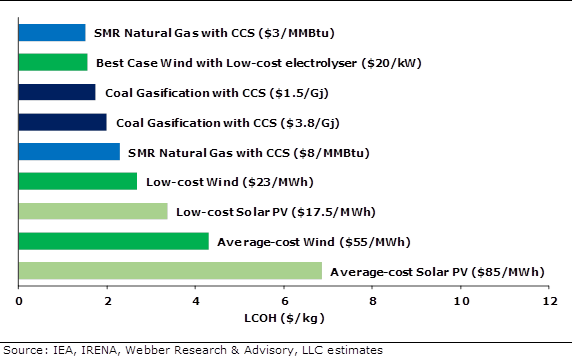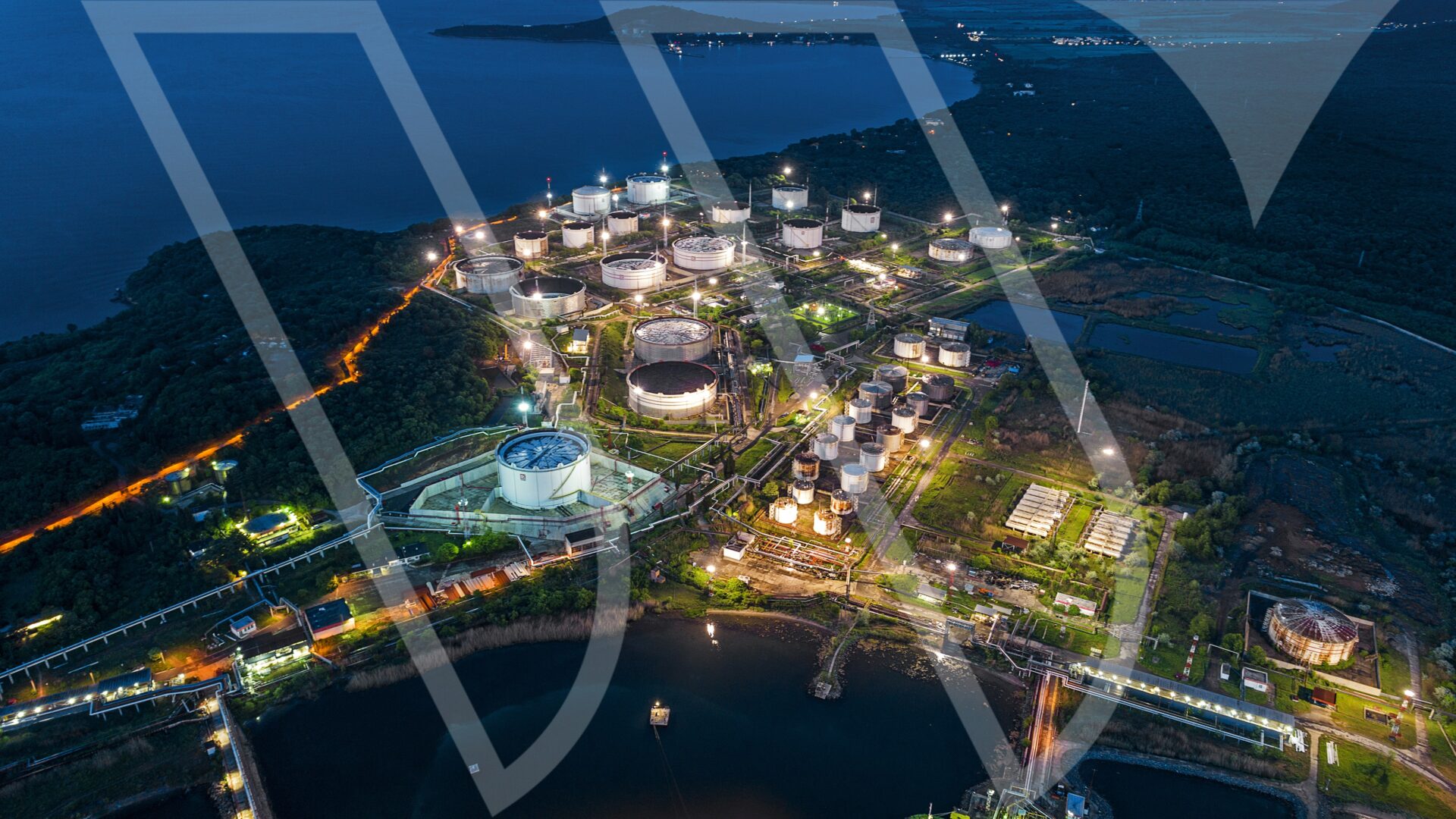
Renewable Energy: Expanding Our Hydrogen & Solar Coverage
Initiating Coverage Of PLUG, BLDP, & SEDG
Plug Power (PLUG)
Company Overview – Page 5
Plug Symposium (Raw Notes) – Page 10
Investment Rationale / Key Points – Page 12
Primary Risks – Page 14
Valuation – Page 15
Ballard Power Systems (BLDP)
Company Overview – Page 22
Analyst Day (Raw Notes) – Page 28
Investment Rationale / Key Points – Page 35
Primary Risks – Page 36
Valuation – Page 37
SolarEdge Technologies (SEDG)
Company Overview – Page 45
Investment Rationale / Key Points – Page 48
Primary Risks – Page 49
Valuation – Page 50
Industry Overviews
Hydrogen & Fuel Cells – Page 55
Solar / Inverters – Page 67
Expanding Our Hydrogen & Inverter Coverage. We are initiating coverage of PLUG (Outperform, PT: $19), BLDP (Outperform, PT: $26), and SEDG (Market Perform, PT: $200). Since launching our first wave of coverage in April (REGI – OP, ENPH – MP, TPIC – MP, and ENS – MP) renewables have continued to aggressively take both mind-share and market-share – positioning the sector for unprecedented investment as governments, counterparties, and end-users move toward carbon neutrality over the next 15-40 years. Benchmark renewable levelized cost of energy (LCOE) figures have declined nearly 75% over the past-10 years, increasing the viability of alternative energy sources. We believe the extension of that process toward low- and zero-carbon hydrogen could create a generational growth engine across Energy, Industrials, and Technology over the next several decades.
The Push For Hydrogen: Major markets worldwide continue to adopt integrated hydrogen strategies and roadmaps, with Europe and China at the forefront. The EU is expected to invest €183-€490B by 2050 to effectively develop a continental hydrogen economy, with green hydrogen (i.e. hydrogen created using renewable sources) at its center. China recently announced its National Hydrogen Fuel Cell Strategy and pledged to reach carbon neutrality by 2060 despite currently deriving two-thirds of its power from coal. We think the increasingly widespread support for carbon-reducing policy creates a deliberate and sturdy foundation for renewables, and particularly hydrogen.
Figure 58. California Advanced Clean Truck Regulations

Figure 50. Hydrogen Production Costs From Renewables & Fossil Fuels

For access information, please email us at [email protected]
 client log-in
client log-in
